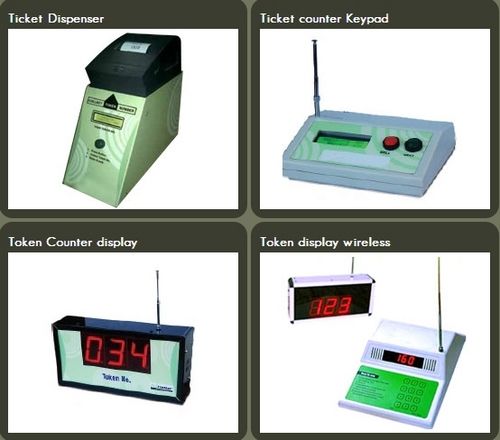

They’re free to wait in the comfort of their own homes, for example, or at a nearby coffee shop. Virtual queue management systems send real-time updates about their place in line.

Of course, what your customers want to know is how long they’ll actually wait.
QUEUE MANAGEMENT SYSTEM PROVIDERS SOFTWARE
You can communicate directly with each customer via email or text once they’ve checked into the software by sending them promos and offers for the products and services they need, want, or use already based on their interaction with the system. With a digital customer queue management system, you have multiple opportunities to deliver on your promise of amazing customer service. Great customer experiences with your brand increases the likelihood you’ll retain them and increase sales, too. Virtual queue solutions also provide data for customer traffic patterns, giving you more control over managing your workforce to cover busy periods and serve more customers faster. By understanding what service individuals need before they arrive on site, you can route customers to the right department and staff accordingly. The coronavirus pandemic has caused labor shortages that affect businesses large and small, and business owners are increasingly leaning into the principle of doing more with less. The benefits offered by a virtual customer queue management system generally fit into a few broad categories: Business Agility Employees deliver a top-notch experience quickly to complete transactions, so customers can move on with their day. Even better, workers know what’s required of them before customers are standing in front of them. Because your customers check in remotely and indicate what service they need, your employees can greet them by name. When you implement a virtual customer queue management system into your business operations, you’re providing a level of personalized service that customers will long remember. What is a virtual customer queue management system? One is about waiting in general, and the other is about how customers wait.

A queue management system uses a variety of options such as software, certain equipment, and human interaction to manage a customer’s journey with a business before, during, and after they need service. When you call your cell phone provider, for example, and the automated voice tells you there are four calls ahead of yours and provides an estimated wait time, you are part of that company’s queue management. Any system you put in place to manage both the flow of customers and their experience as they wait for service is a customer queue management system. Queue management is the tool used to manage customer flow. There is a difference between the basic concept of queue management and a queue management system. What is a customer queue management system? For businesses, creating a customer-centric queue management system can have lasting, long-term benefits that include increased retention, larger revenue gains, and even happier, more engaged employees. Today, we have physical queues-for example, when you’re going through TSA at the airport-and virtual queues that don’t necessarily require you to be present or standing in a physical line while you wait. The word queue evolved from cauda, Latin for tail, and it was used sometime in late-15th-century France for the first time to describe a line of people, which is how we most often use it today. Waiting in line for anything-at the deli counter when you’re grocery shopping, in the drive-thru of a fast food restaurant, to buy gifts for Christmas, on hold to make a doctor’s appointment-means you are part of a customer queue management system.


 0 kommentar(er)
0 kommentar(er)
